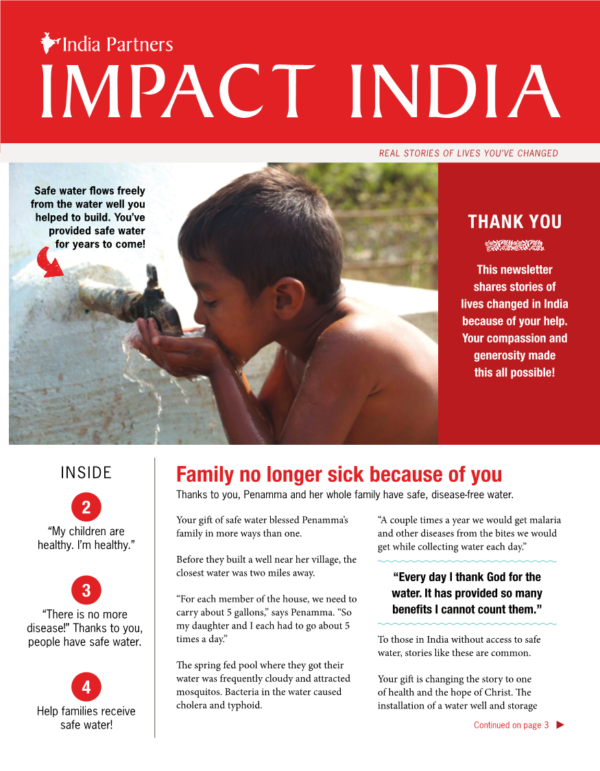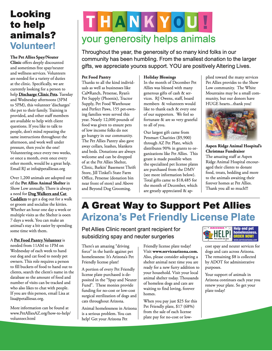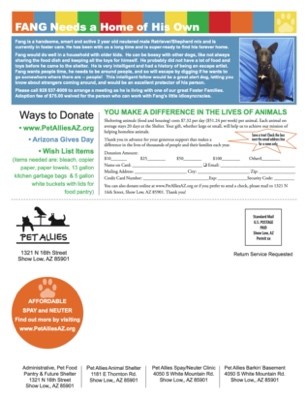Say I send out 1,000 pieces of mail and you get 38 gifts back.
That gives you a 3.8% response. Not too bad.
But I want to point out something helpful…
It’s true that 38 out of 1,000 people sent in a gift. But it’s also true that 38 of the people who noticed the envelope and opened it responded with a gift.
It’s helpful to notice that, because you can increase the number of people who notice and then open your envelopes. (And it’s not that hard to do.)
After all, you can’t control who is on vacation and won’t get your letter. But you can control using a large, colorful envelope that stands out in a crowded mailbox and gets noticed.
You can’t control the post office “batch-delivering” all the nonprofit mail on one day so that your donor gets 7 appeals all at once. But you can control writing a killer teaser that makes your donor want to open your envelope.
Your donor must notice and then open your envelope before you even have a chance of getting a gift. And if you increase the number of recipients who notice and open your envelope, you’ll get more donations.
The ROI on the time and money you spend on your envelopes is fantastic.
This fall, with the election and the batch-delivering we’re hearing about, it’s more important than ever that your envelope get noticed and opened. Read this post for help with your teasers, and the last half of this post for help with your envelopes. The first job of your envelope is to carry your letter.
Then the job of your envelope is to get noticed. Then the job of your envelope is to get opened.

















